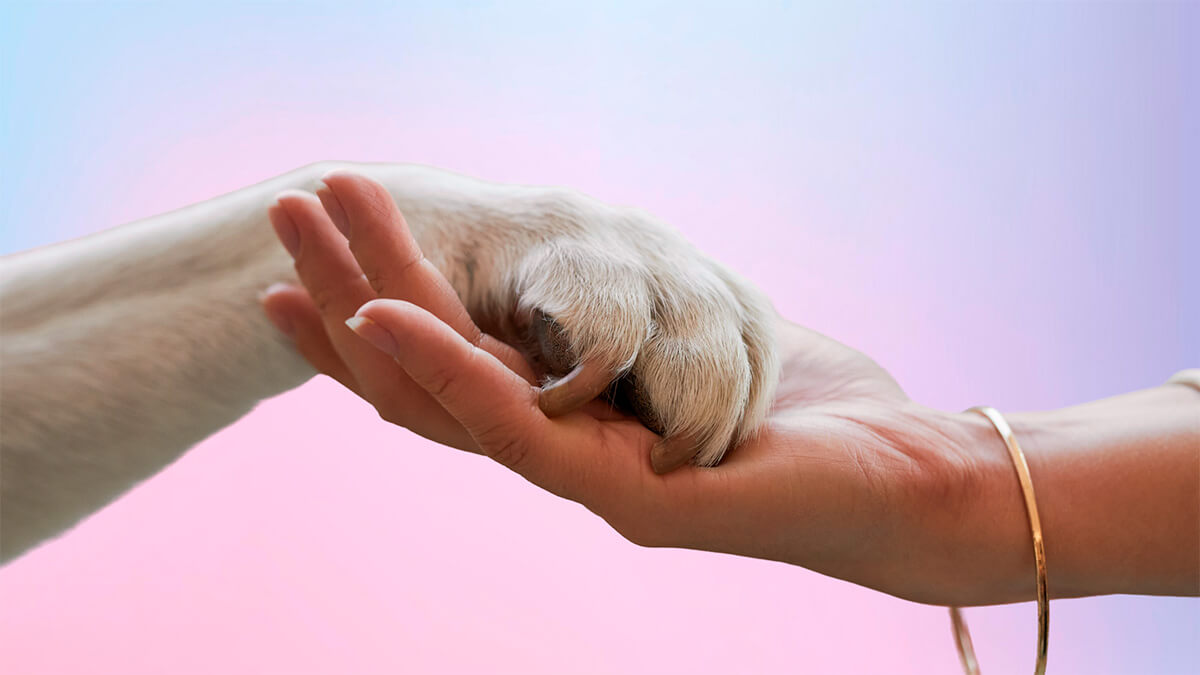Influencers large and small - How relatability and reach drove ROI for a leading pet retailer

When it comes to influencer marketing, relatability often works hand-in-hand with reach. Our latest campaign with a leading pet retailer tested this balance by comparing the performance of micro influencers and nano influencers — and the results showed how each can play a distinct role in driving impact.
Micro influencers are those with a following of between 10k and 100k, while a nano influencer is less than 10k. Each party brings something unique to the table. Brand awareness through reach and trust from a micro, while conversions come from a smaller circle of trust provided by the nano.
Creators vs Nano: The numbers
We analysed content ROI by measuring traffic and leads generated from each influencer group. Here’s a snapshot of the results:
| Influencer Type | Content ROI (Traffic) | Content ROI (Leads) | Impressions | Leads |
|---|---|---|---|---|
| Creators | R19.84 | R330.66 | 536,450 | 60 |
| Nano influencers | R1.04 | R29.09 | 615,665 | 693 |
← Scroll to the side to view the entire table →
How Meta allocated spend
One of the most interesting findings was how Meta’s algorithm allocated ad spend between the two groups. Of the total budget, 83% was automatically pushed towards nano influencer content, with only 17% directed to micro content.
This bias wasn’t random - it reflected how audiences were responding in real time. Meta’s system prioritised nano content because it resonated more strongly, delivered higher engagement and ultimately promised better ROI.
Why Nano converts and Creators complement
Nano influencers often excel because their audiences see them as peers, not polished personalities. This relatability builds trust and boosts conversion at scale.
That said, micro influencers remain a vital part of the mix. Their larger audiences provide credibility, stronger visibility and extended reach, making them ideal for brand awareness campaigns or when you want to amplify messaging to broader communities.
The takeaway is clear: rather than choosing one over the other, brands can achieve the best results by blending both nano and micro strategies - leveraging relatability for conversions and reach for scale.
What this means for your brand
If you’re looking to maximise ROI from influencer marketing, consider a hybrid approach:
- Nano influencers drive strong conversion rates and build high trust at a fraction of the cost
- Creators amplify brand visibility and add credibility through larger reach
- Together, they deliver scalable impact with measurable business results
At theSalt, we’ve seen time and again that both nano and micro influencers bring value when activated strategically. This leading pet retailer campaign is one example of how relatability outshines reach for conversions - but when paired with the visibility of micro creators, the combination can be even more powerful.
Interested in collaborating with us? Let’s chat.

Justine Wheeler
Justine Wheeler, Campaign Project Manager at Creator Collective, a family of brands serving the entire creator ecosystem.